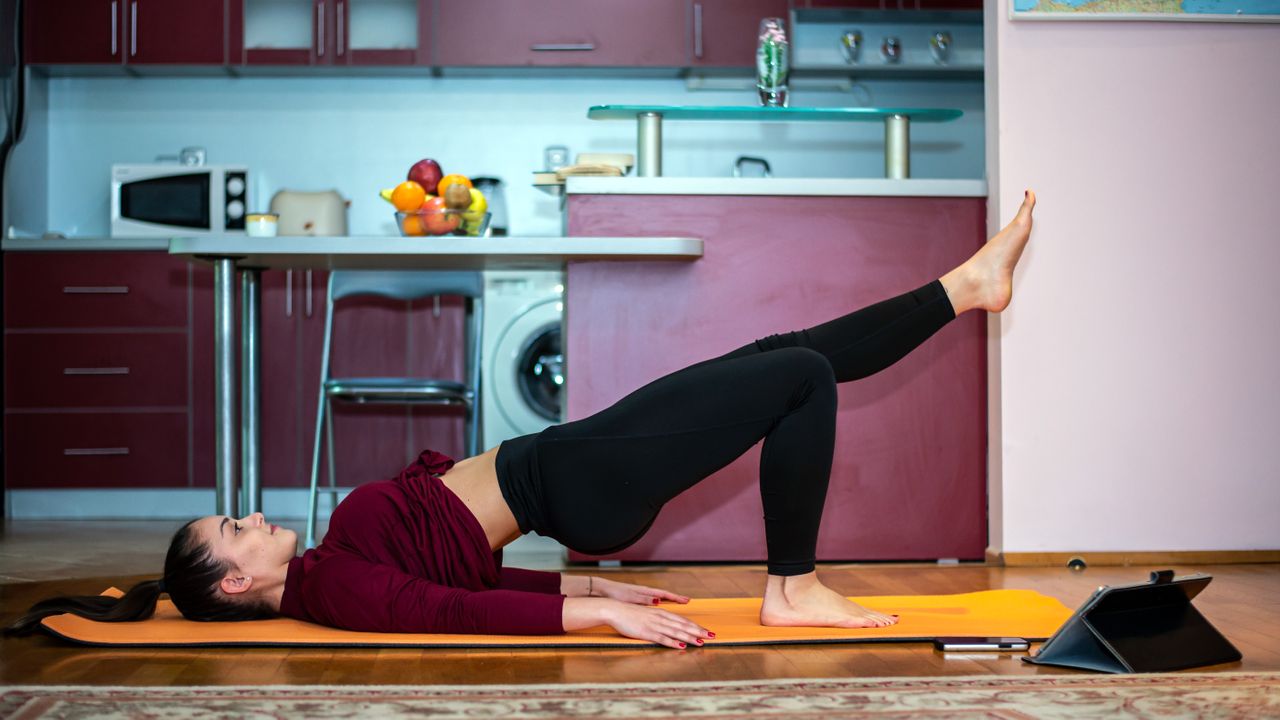
When my recurring knee and lower back pain led me to a physical therapist, I was surprised that they prescribed a set of glute-strengthening exercises.
I’m an avid runner and enjoy lower-body workouts, so I had assumed my glutes were doing their job, but I was wrong.
My regular program of lunges, squats, and running had not been effectively strengthening my glutes, so I added four new exercises to my workout schedule to properly target this trio of muscles.
Why strong glutes matter
The glutes are the three large muscles located in your backside. They help you walk, run, and jump, among many other things.
“Glutes are key for performance, injury prevention, and moving well through life,” Dr Devin Vassella Trachman (PT, DPT, OCS) tells me. “Whether you are lifting, running, or just climbing stairs, strong glutes help you move with power, control, and better alignment.”
When the glutes aren’t pulling their weight, other muscles step in to help, and that’s when things start to go wrong.
“The glutes are major stabilizers for your pelvis and spine,” says Vassella Trachman. “So, if they aren’t doing their job, other muscles end up picking up the slack, like your lower back, quads, or hamstrings, which can lead to pain or injury over time.”
As my glutes weren’t strong enough to keep up with my active itinerary, my knees and lower back had started to pay the price.
My four-move glutes workout
These are the glute-targeting moves a physical therapist prescribed, which I now swear by. I try to fit them into my routine three times a week.
If I’m short on time, I’ll repeat each exercise eight times. If I have longer to work out, I’ll do three sets of 10 repetitions.
However, if you’re suffering from knee or back pain, always check with a medical professional first before trying something new.
Here are the moves, with either a link to a demonstration on YouTube, or an exercise guide on Fit&Well or our former sister site Coach.
How these exercises help
Clamshells and fire hydrants target the gluteus medius, Vassella Trachman explains, which helps with hip stability and keeping your pelvis level.
Single-leg glute bridges, she says, build unilateral (one-sided) strength, improving your balance.
And finally, hip thrusts are great for working the gluteus maximus. This muscle helps drive full hip extension, which we need for everything from sprinting to deadlifting.
“The exercises will improve hip control, which protects the spine by reducing overuse of the lumbar paraspinals [muscles along the back of the spine], and helps keep the knees aligned, especially during dynamic movements like squatting or jumping,” says Vassella Trachman.
“Bottom line: If you want to move better and feel stronger, glute work is non-negotiable! It’s one of the best investments you can make for your long-term health.”







